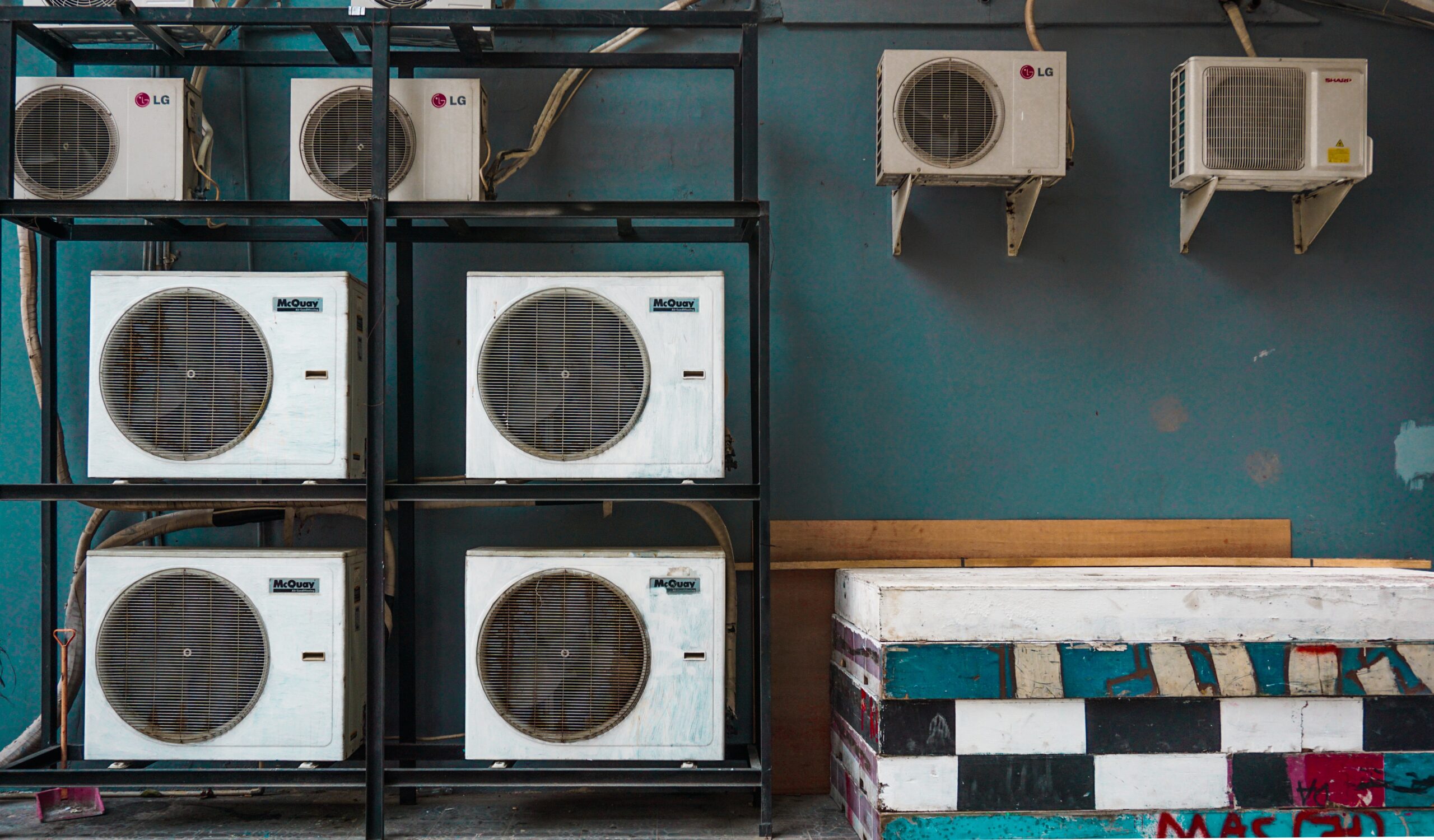In our modern world, with rising concerns about air purity and its effect on our health, the significance of instruments like negative air machines is more evident than ever. These machines, often referred to as negative air flow systems, are engineered to enhance air conditions by pulling in impure air, processing it through filters, and then expelling the purified air back. But, as with many advanced devices, they come with a learning curve. This article aims to shed light on frequent blunders users might make with these systems and guide them on the right path.
Not Regularly Replacing or Cleaning the Filters
The Importance of Maintenance
A core component of negative air flow systems is the filter. If it becomes clogged or excessively dirty, the machine’s efficiency drops drastically. Skipping regular maintenance can also lead to the machine releasing more contaminants back into the environment.
Recommended Practices
Make it a habit to check filters regularly. Depending on usage, some might need weekly checks, while others can go longer. Always have replacement filters on hand and be vigilant about following the manufacturer’s guidelines.
Incorrect Placement of the Machine
Efficiency Matters
Where you place a negative air machine can significantly impact its effectiveness. Placing it in a corner, far from the primary source of contamination, can reduce its ability to draw in polluted air.
Positioning Tips
Always place the machine close to the contamination source. If you’re unsure, consulting with an expert or the machine’s manual can offer guidance.
Neglecting to Monitor the Machine’s Performance
Complacency Can Be Costly
Once installed, some users make the mistake of ignoring the machine. Regularly monitoring its performance ensures it’s working optimally and also helps in early identification of issues.
Regular Check-ups
Use built-in gauges or monitors to track the system’s performance. If the machine lacks these features, consider using external devices or indicators to ensure it’s operating efficiently.
Using the Machine in Too Large a Space
Size and Capacity Limitations
Every negative air flow system has a capacity, often tied to the room’s size or volume it’s designed to handle. Using it in a space larger than its intended capacity will decrease its efficiency.
Know Your Machine’s Limits
Before setting up, always review the manufacturer’s recommendations regarding room size or volume. If you need to cover a larger area, consider using multiple machines.
Not Sealing Off the Affected Area
The Principle of Negative Pressure
Negative air machines work on the principle of creating a negative pressure environment. If the area isn’t adequately sealed off, the machine can’t establish this environment, reducing its effectiveness.
Seal to Succeed
Ensure that windows, doors, and other openings are sealed when the machine is operational. This will help maintain the negative pressure environment and enhance the machine’s efficiency.
Conclusion
Negative airflow systems are powerful allies in the quest for better air quality. However, their efficiency is tied to how they’re used. By avoiding common pitfalls and being proactive in maintenance and monitoring, users can ensure that these systems deliver optimal results, creating safer and cleaner environments for all.
